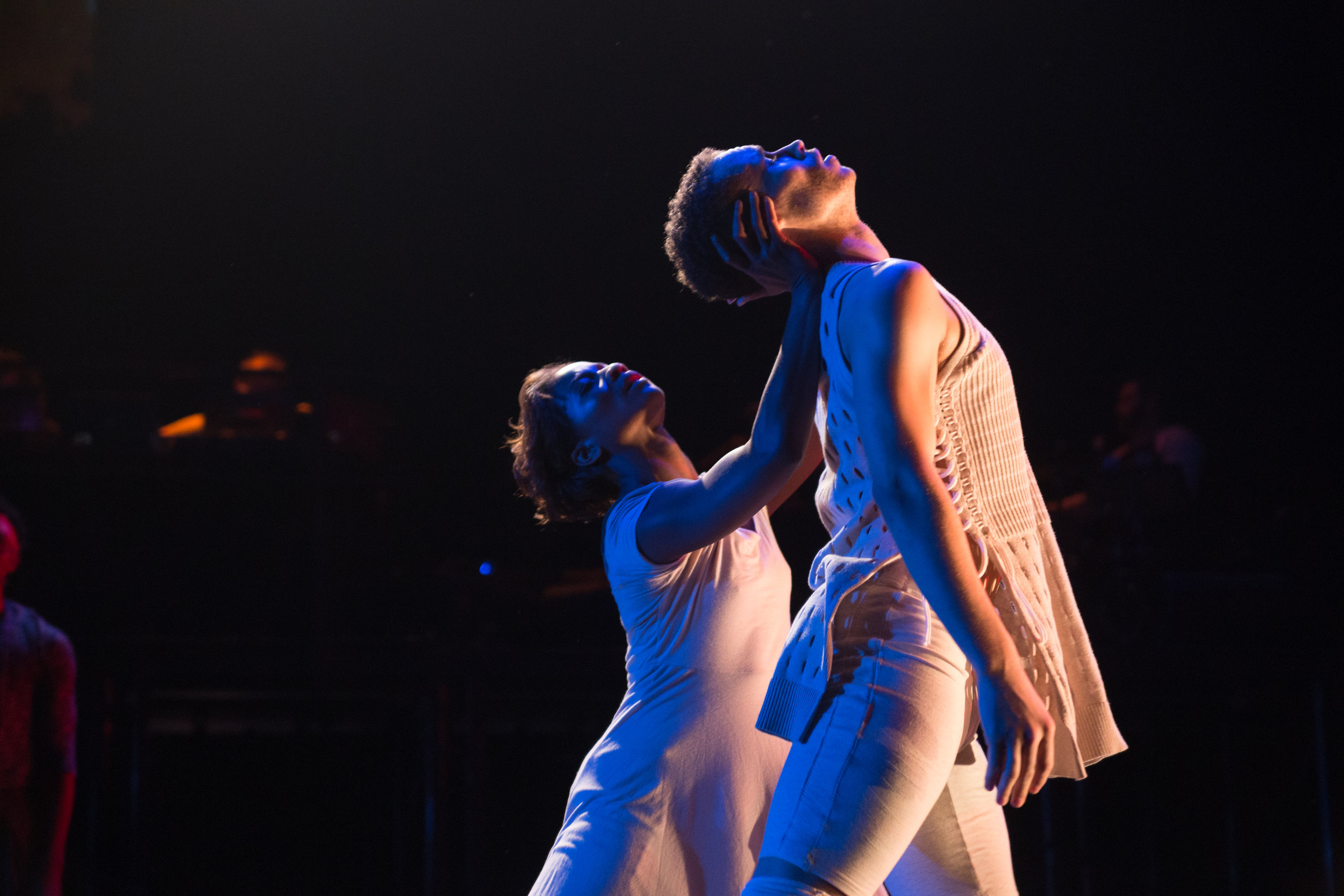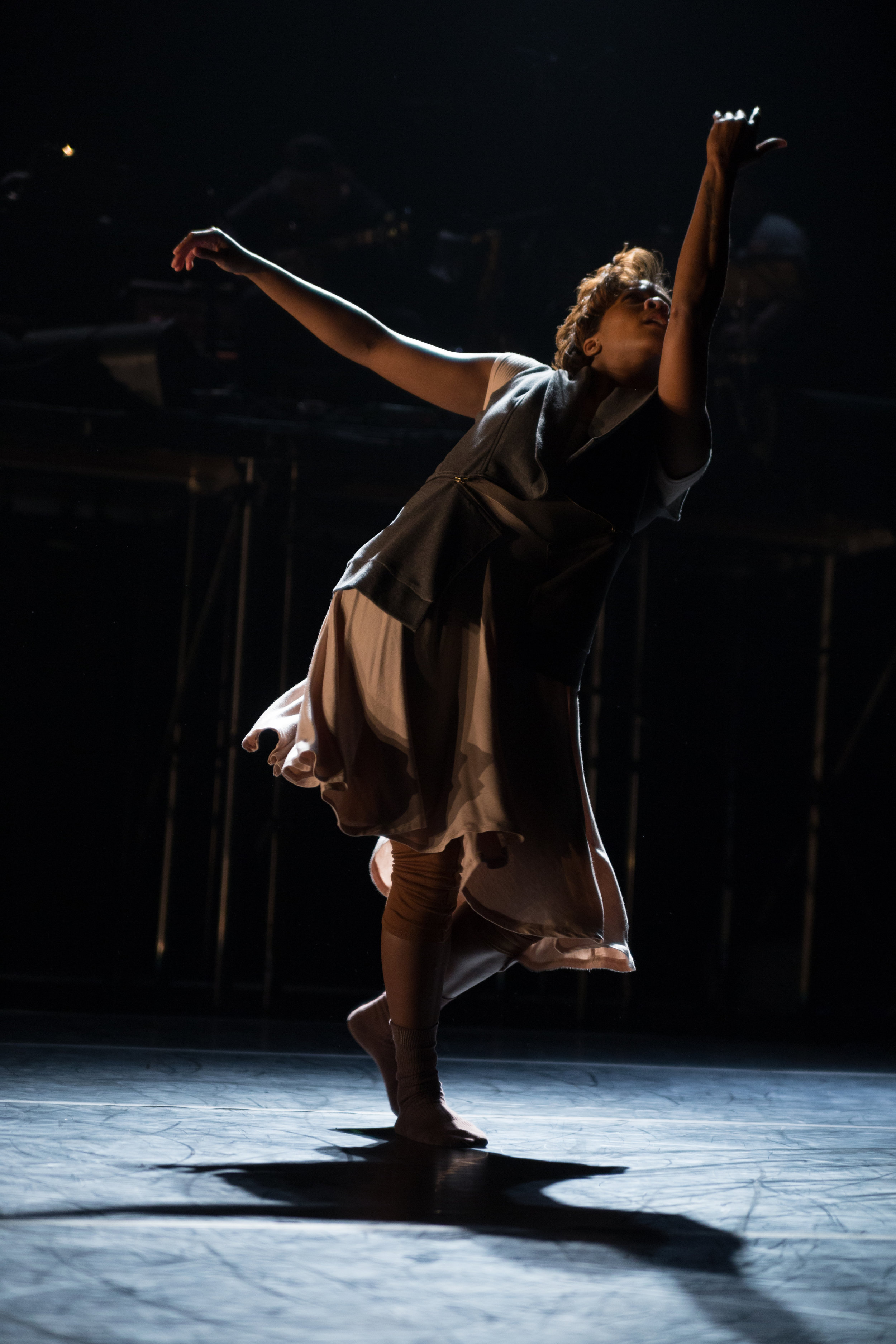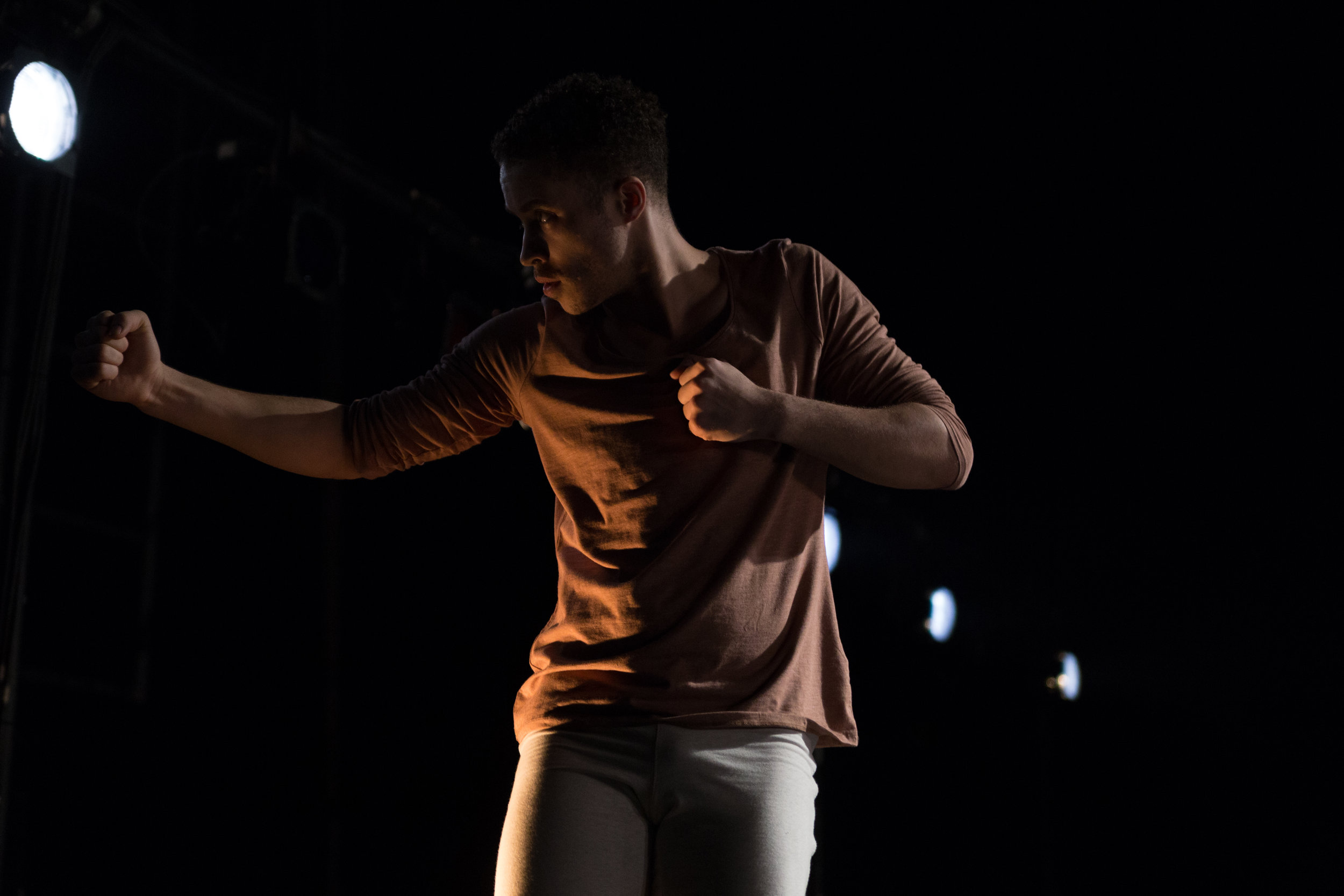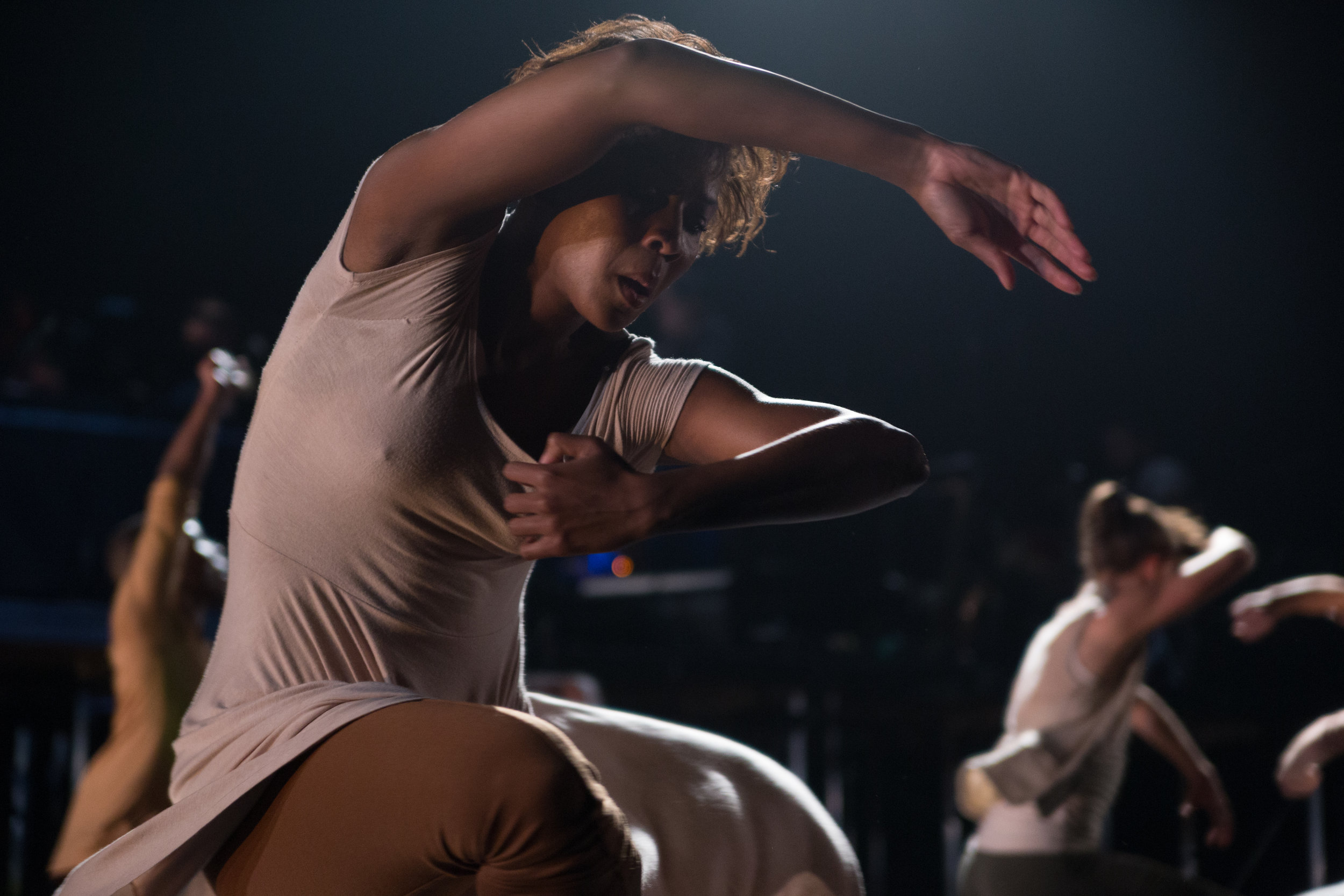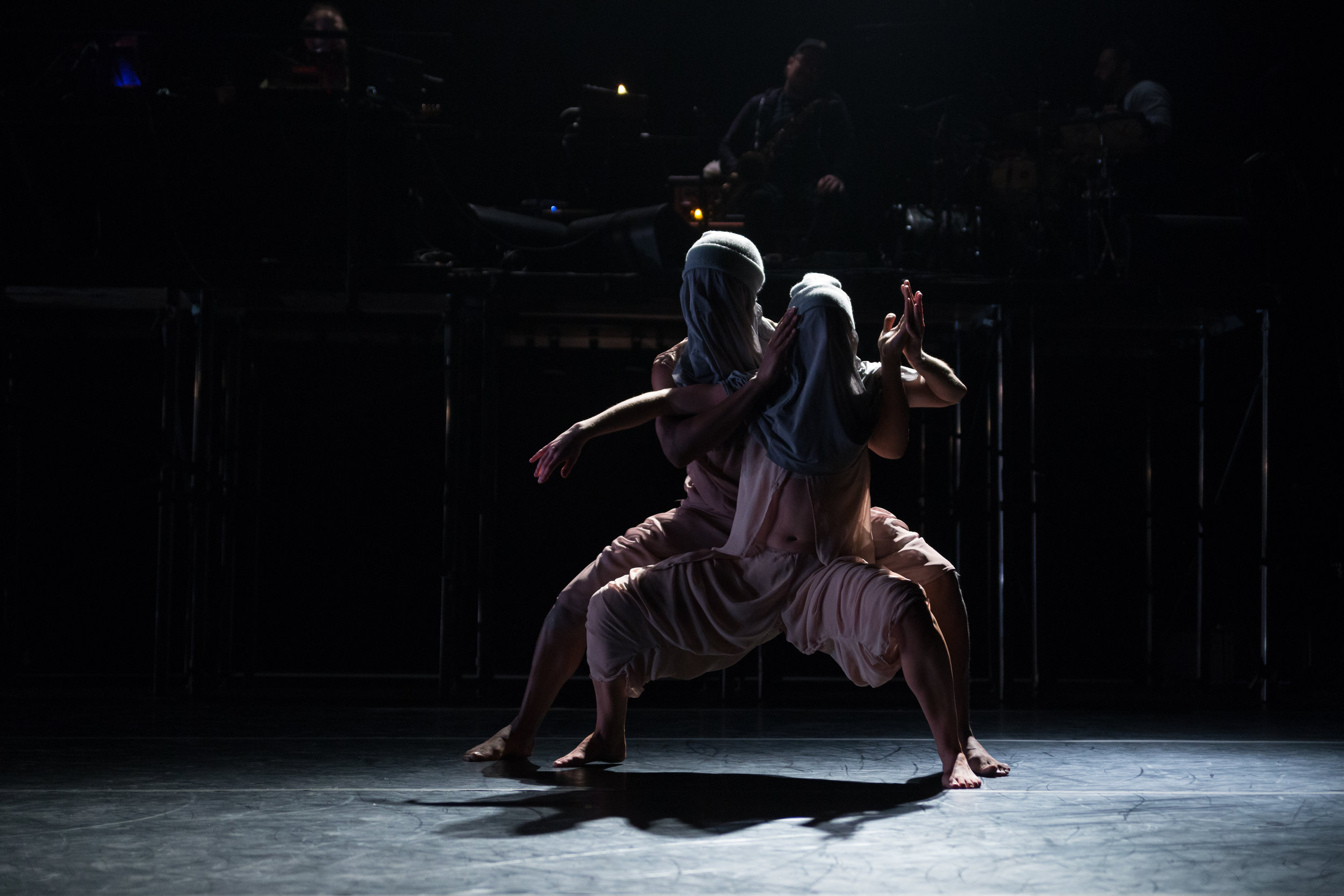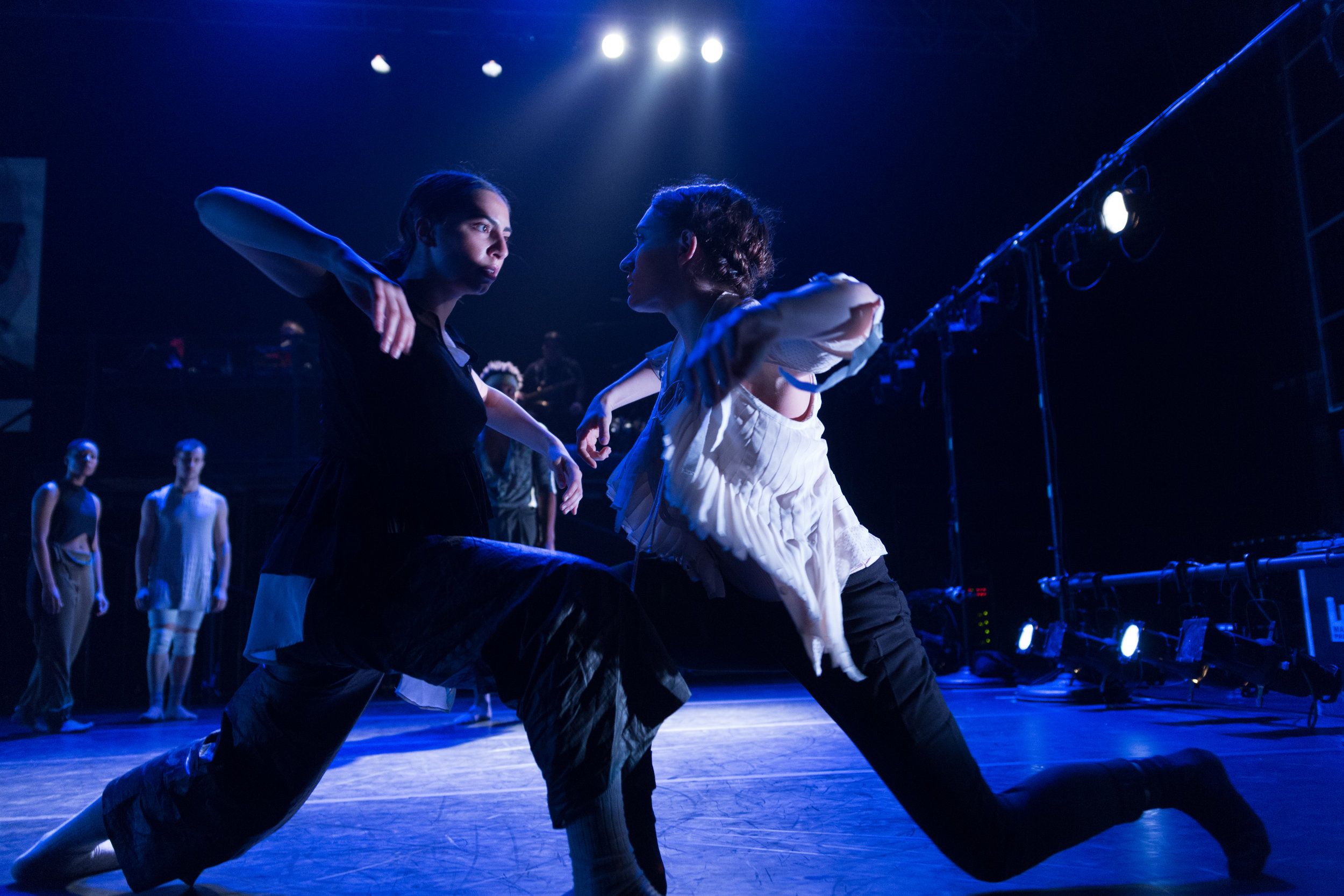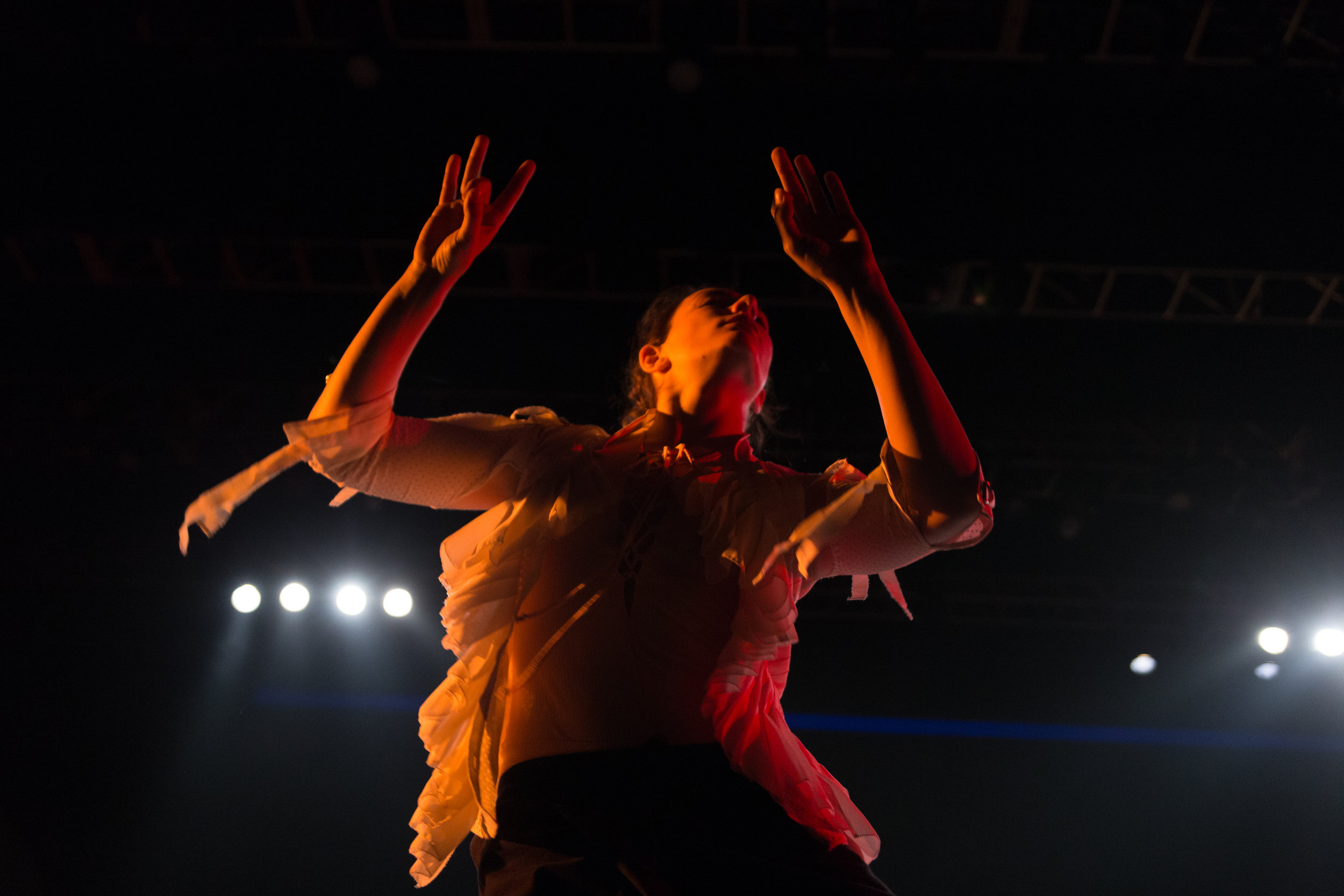Liquid Music’s Ines Guanchez interviewed composer Missy Mazzoli in anticipation of the May 16 premiere of "Three Fragile Systems." Mazzoli's piece was commissioned by piano supergroup Grand Band, whose MN debut is part of the 2017.18 Liquid Music season.
Missy Mazzoli by Marylene Mey
The music of New York-based composer and pianist Missy Mazzoli has been performed in venues across the globe. Described by The New York Times as “one of the more consistently inventive, surprising composers now working in New York,” Mazzoli is also a faculty member at Mannes College of Music and the founder of Victoire featured in the closing concert of Liquid Music’s 2014.15 season.
Some of Mazzoli’s more recent projects include Proving Up, an opera based on the short story by author Karen Russell, orchestral arrangements for Icelandic band Sigur Rós, and Luna Lab, a mentorship program for young female composers ages 13 to 19 at the Kaufman Music Center, founded by Mazzoli and composer Ellen Reid.
Victoire by Marylene Mey
Ines Guanchez: How would you describe Three Fragile Systems as a musical piece?
Missy Mazzoli: Three Fragile Systems is a work in three movements for six pianos. Each movement is based on a single melody that undergoes a series of transformations. My goal was to make music that felt fluid and organic, but was built on rigid mathematical systems. I also wanted to create music that could only be performed by six pianos; there are moments when the six player play massive chords that span the entire range of the instrument, and moments when six players try to play a melody in unison. I love the chaos and beautiful unpredictability that seems to be an inherent part of this instrumentation.
IG: Could you describe your creative process while composing Three Fragile Systems? Was there anybody or anything in particular that you drew inspiration from?
MM: I was influenced by the work of Irish composer Andrew Hamilton, the artist Sol LeWitt, and certainly by early minimalist compositions by Philip Glass and Steve Reich that are built on very clear processes and use a lot of math.
Mazzoli performing with Olivia De Prato, Rio de Janeiro, Brazil by Victor Naine / I Hate Flash
IG: Where do you think you are right now in your journey as a composer?
MM: I’m having the time of my life, and a lot of that joy comes from my collaborations with exceptional performers, directors, writers and visual artists. I’m tackling a lot of massive collaborative projects — operas, ballets, film scores as well as smaller chamber work, so life is very full and exciting!
Mazzoli performing with Olivia De Prato, Rio de Janeiro, Brazil by Victor Naine / I Hate Flash
IG: Given your familiarity with the piano — understanding the array of sounds and colors possible, knowing its power — how did you approached this composition for such unique ensemble?
MM: There were definitely things I’d always dreamt of hearing on a piano; what does it sound like when all, or almost all of the keys are depressed at once? What sounds can be made using the inside of the instrument? What does a unison melody sound like on six pianos? Also, I was very conscious that I was writing for these particular performers, all of whom are open, adventurous and virtuosic, so I felt free to try something very new and potentially difficult.
IG: You were presented by Liquid Music in 2014.15 with your ensemble Victoire, now you have composed a piece for Grand Band, and the SPCO will be playing one of your works during the Tapestry19 festival next season. You compose for a variety of musical genres and projects. As a successful 21st Century composer do you recommend the diversification of musical modes and styles to aspiring composers?
MM: To be clear, I actually feel that my style remains consistent, or consistent in its inconsistency, regardless of which instrumentation or ensemble I’m working with. But you’re right, I’m working with a lot of different groups and in a lot of different formats. I definitely feel it’s important, in life and art, to have a lot of diverse sources of happiness, community, and income, especially in these unpredictable times. Teaching, mentoring, curating, performing, writing theatrical work, writing for soloists these are all part of my life, and each outlet feeds and nourishes the other.
Mazzoli by Stephen S. Taylor
Grand Band will perform Three Fragile Systems at the Ordway Concert Hall on Wednesday, May 16, 2018 at 7:30pm. Purchase tickets here.
Follow Liquid Music for updates and announcements:
Twitter: @LiquidMusicSPCO (twitter.com/LiquidMusicSPCO)
Instagram: @LiquidMusicSeries (instagram.com/liquidmusicseries)
Facebook: facebook.com/SPCOLiquidMusic
Follow Missy Mazzoli for updates and announcements:
Twitter: @MissyMazzoli (twitter.com/missymazzoli)
Official Website: www.missymazzoli.com
Facebook: www.facebook.com/missy.mazzoli





















